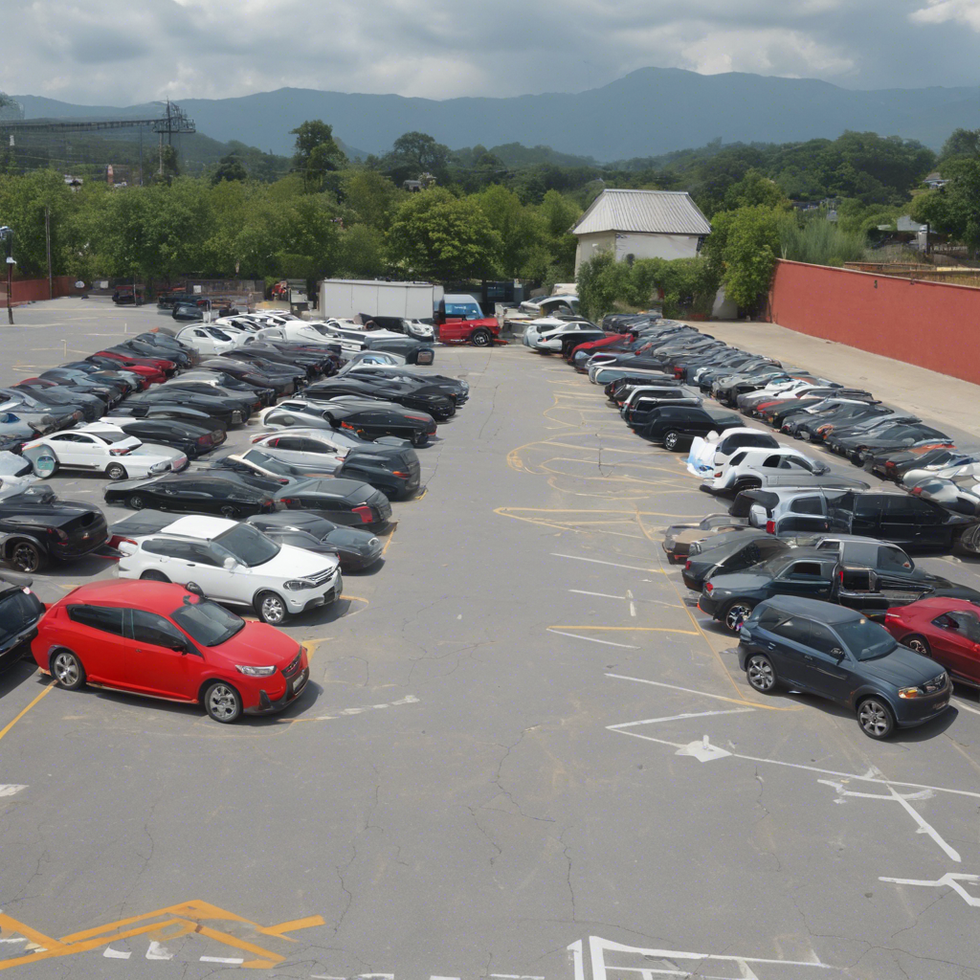Modified atmosphere packaging is different from vacuum packaging in that it uses a special gas to replace the air in the package. Depending on the kind of food, modified atmosphere packaging can use different gas ratios. The most common gases are nitrogen, oxygen, carbon dioxide, and others. The most recent research indicates that certain gases, such as carbon monoxide and argon, can also be utilized appropriately as gases for packaging. In a nutshell, the goal of modified atmosphere packaging is to prevent the growth of bacteria and extend the shelf life of food as much as possible without sacrificing flavor, quality, or color.
Packaging under vacuum The concept of atmospheric pressure is the foundation of vacuum packaging. Deoxygenation is the primary purpose of vacuum packaging, which prevents mildew and deterioration. Using an air extractor, vacuum packaging removes oxygen from the packaging bag, eliminating the microorganisms' "living environment." The volume of the packaging can be reduced after it has been packaged by the automatic vacuum packaging machine, making it easier to transport and store.
How Modified Atmosphere And Vacuum Packaging Operate ?
Some food is sold in modified atmosphere and vacuum packaging (MAP).
All of the air surrounding the food in the package is removed by vacuum packing machines.
A mixture of gases replaces the air surrounding the food in MAP. Nitrogen, oxygen, and carbon dioxide are the most commonly used gases.
These prevent food spoilage and preserve food quality by:
• slowing down the food's chemical reactions;
• stopping or slowing down the growth of bugs like molds, yeasts, and bacteria.
Foods that are packaged using MAP and vacuum can be kept for longer than those that are not.
Also read: How Can I Earn More Profits with Custom Packaging?
Common MAP And Vacuum Packaged Foods
Vegetables and leafy salads, fruits, fresh pasta, raw meat, deli meats, and cured meats, seafood, cheeses, bakery products (like sandwiches), and foods that are commonly packaged with MAP and vacuum are all good examples.
Be Careful With MAP And Vacuum Packaging
However, you should exercise caution when handling foods that are packaged with MAP and vacuum. But that doesn't mean the food doesn't contain them. Some, like C. botulinum, can even be encouraged to grow in vacuum packaging.
Mold, odors that are "off," or discoloration are all indications of decay and spoilage. However, neither MAP nor vacuum packaging may contain any of these. Even if good storage and packaging practices were not followed, food may still be unsafe to consume.
Features Of Vacuum Packaging
Vacuum packaging, which is mostly used for snack foods, requires air extraction and sealing to be completed. The following are the specific features.
1. To prevent aerobic bacteria from reproducing and expanding, isolate oxygen.
2. It is simple for food to deform and lose its original appearance when subjected to continuous atmospheric pressure; additionally, the food's texture will become hard and lose its original natural crispness.
3. In order to achieve the ideal shelf life, vacuum packaging must be assisted by sterilization at high temperatures. The food loses its original flavor as a result of the secondary sterilization process, which frequently has a significant impact on the food's quality.
Characteristics Of Modified Atmosphere Packaging
Vacuum packaging suffers from a number of drawbacks, including food deformation due to extrusion, diminished flavor, and firmness in meat. However, after high temperature sterilization, modified atmosphere packaging's shelf life does not extend beyond the storage time. The following are the specific features.
1. It is mostly used in ready-to-eat foods, which are hard to store and have a short shelf life.
2. Eliminate aerobic bacteria's reproduction and growth by isolating oxygen.
3. effectively stop the growth and reproduction of facultative and anaerobic bacteria.
4. Products with modified atmosphere packaging emphasize the idea of being fresh and ready-to-eat. Therefore, the food must be cold chained throughout the entire process after being packed in a modified environment. This allows the food to be kept at a temperature of 0°C, while the temperature limit of vacuum packaging is not as high.
Better Product Presentation and Aesthetics with MAP
One advantage over vacuum packaging is better product presentation. The packaging material collapses and forms a tight seal around the product in vacuum packaging as the pressure inside the packaging decreases. This has the potential to alter the appearance of some products, like fresh meat. Shredded cheese, for example, is not suitable for vacuum packaging because it would deform and lose important characteristics under the pressure of the packaging material.
Conclusion
In conclusion, vacuum packaging is a fairly conventional method of packaging. Vacuum packaging will be replaced by modified atmosphere packaging as people's living standards rise and their consumption shifts from eating to eating well and eating healthily.






 StableDiffusion
StableDiffusion Photo by
Photo by  Photo by
Photo by 
 full parking
StableDiffusion
full parking
StableDiffusion









